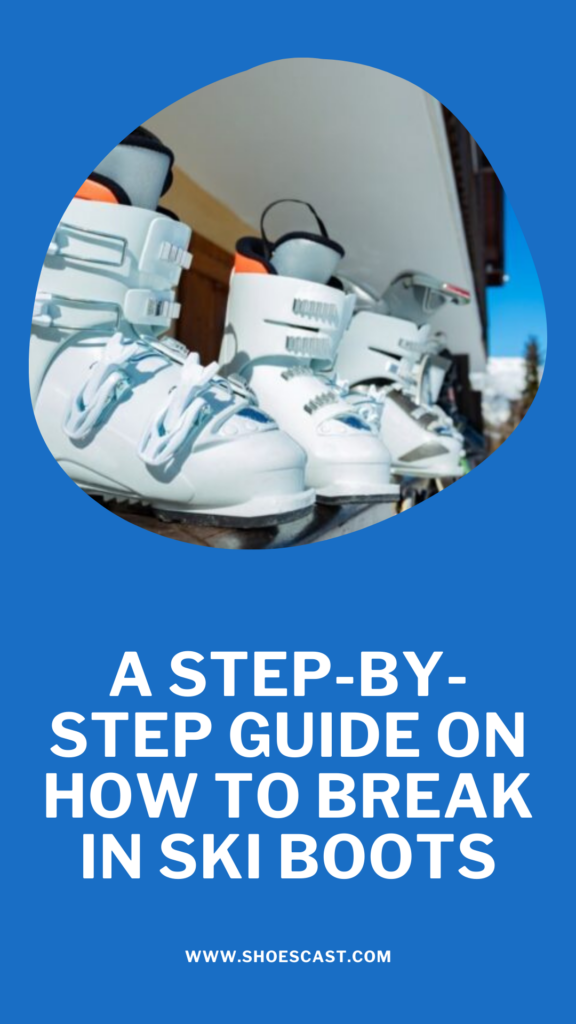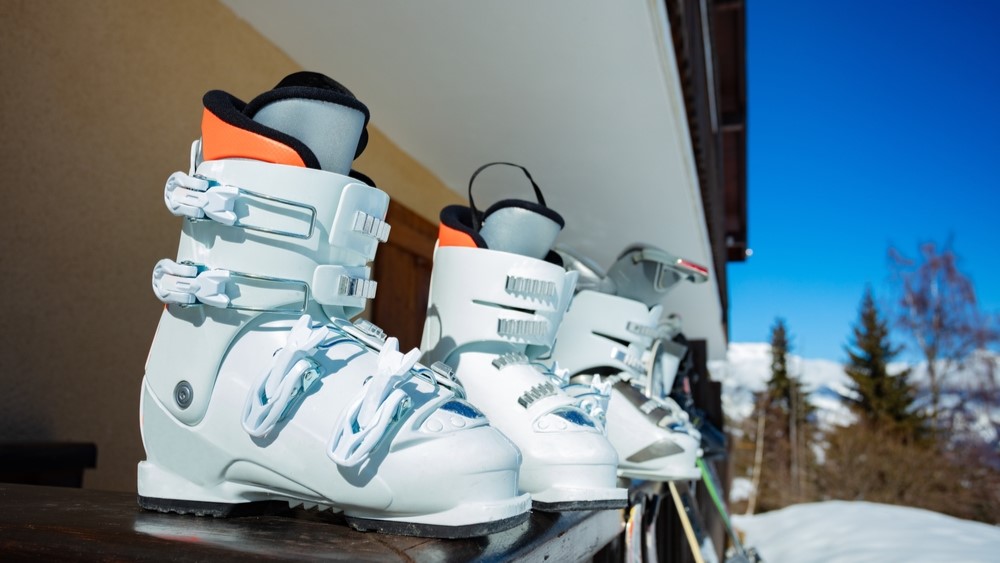With the ski season right around the corner, you’re probably starting to dread the moment you put your ski boots on. Nothing can dampen your day of fun, fresh snow shenanigans like bruised and blistered feet. Figuring out how to break in ski boots can make a world of difference.
Ski boots can be stiff, sturdy, and difficult to wear whether you bought them two seasons ago or picked them up on your way to the slopes. Properly breaking in your ski boots might sound like a tough task, but it’s actually much more manageable than you might think.
With a few tips and tricks under your sleeve, there’s no reason you can’t start your ski season with a smile on your face. Contrary to popular belief, breaking your ski boots in prior to ski season can save you the myriad of sleepless nights you’d experience otherwise.
Read more down below!
Why do you need to break in your ski boots before hitting the slopes?
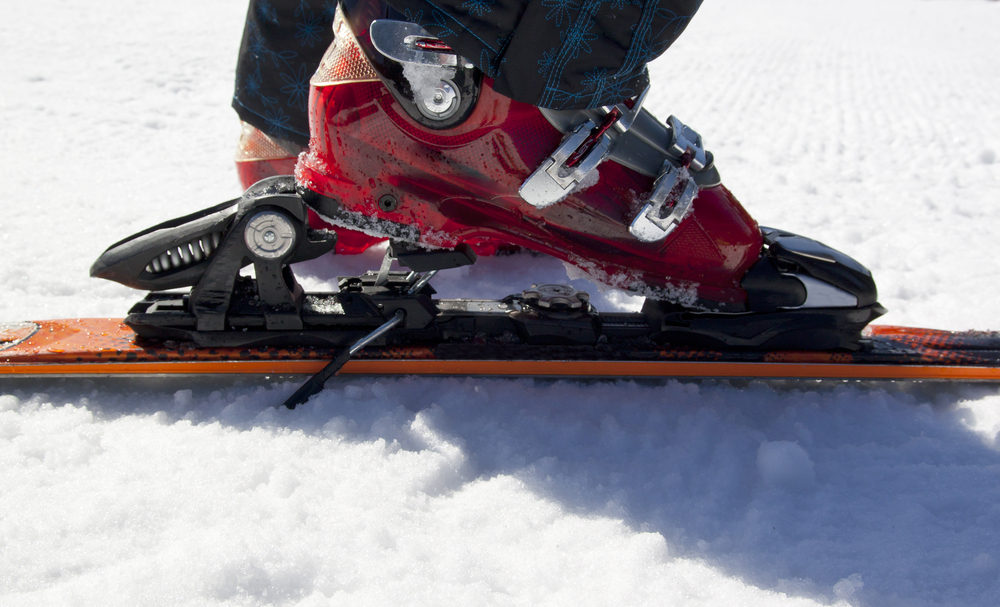
Okay, you’ve probably wondered why ski boots are the way they are on more than one occasion. Why can’t we purchase comfortable, wearable ski boots that won’t mutilate our toes the moment we get on the slope!? Ski boots must be stiff and sturdy to be able to fit into skis by clipping into bindings.
On the one hand, softer, more comfortable ski boots wouldn’t hurt your feet. On the other, they’d be a nightmare come true – they would come flying off your skis right away and wouldn’t be able to keep your body in the right position for skiing.
Break your ski boots in before the ski season to ensure you don’t get blisters on your heels, toes, and bottom of your feet, not to mention sore ankles and tight calves, and you’re good to go.
Before you decide to be spontaneous and see what happens, know that the dangers of not breaking in your ski boots aren’t something to be ignored. Especially when you’re planning on paying over $100 for a day of skiing and you can’t ski the day away because your toes are screaming bloody murder.
But don’t worry! By following these 12 tips, you can avoid a winter of bruised and blistered feet and fogged-up goggles.
What’s the tea on how to break in ski boots?
1. Get the right ski boots and you won’t have to worry about anything
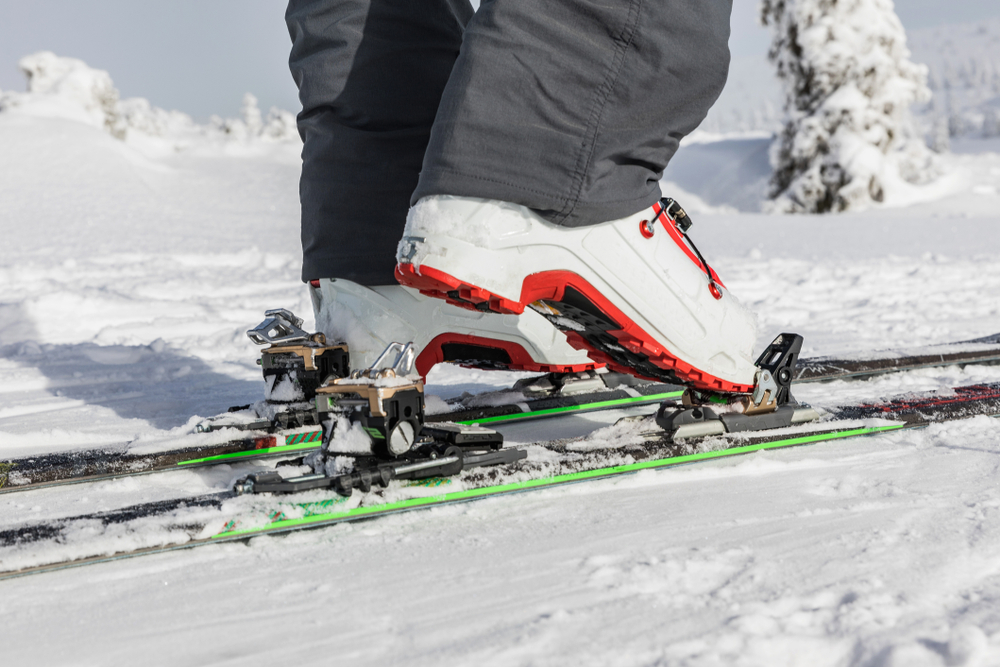
Who would’ve thought that was the key to a successful ski season? When you get your hands on properly fitting, high-quality, hard-wearing ski boots, you won’t have to worry about getting blisters on your ankles, dealing with sore feet when you take your ski boots off, or cutting your trip short.
When shopping for ski boots, make sure you wear ski-specific socks, take the bottom of your trousers out of your boots, and check whether your boots feel like they’re a half-size too small. While that might sound like a bad thing, that’s exactly what you’re looking for.
Make sure you can only fit two fingers down the back of your boot, and check whether you can move without rolling your foot from side to side or lifting your heels. With all these boxes checked, you’ve got a winner.
2. Wear your ski boots around the house
Now, wearing your ski boots around the house before ski season might be a hot take.
More times than not, you won’t wear your ski boots “the right way” around the house – you won’t stand in the same position or move your body as if you were skiing down the slopes.
Because of that, you might end up overstretching your boots and ruining the support and stability they’re supposed to provide you with. Remember, ski boots are meant to be stiff and sturdy.
But, but, but… That doesn’t mean you can’t wear your ski boots while chilling on the sofa and watching Netflix to ensure they’re fitted to your feet properly.
3. Bring your ski boots to the slopes during short ski seasons
After you’ve worn your new ski boots at home, you might want to take them to the slopes. After all, the best way to break in your boots before season is to wear them – over and over again. We suggest starting with shorter ski sessions to get your feet used to the boots.
When you’re out and about on the slopes, don’t forget to take breaks to ensure you aren’t overlooking blisters and bruises because of adrenaline. We’d argue that your first few sessions shouldn’t last more than a few hours to avoid causing damage, discomfort, or serious injury.
4. Prepare your feet
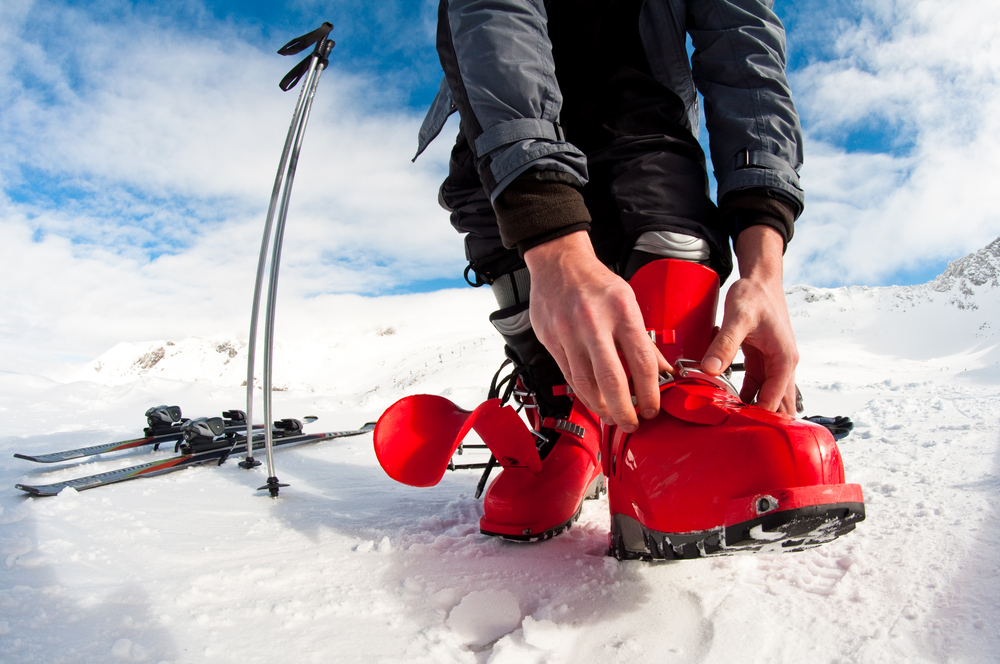
Preparing your feet for ski season might sound strange, but you’d be surprised at how healing a bit of lotion or anti-friction cream can be. Before you even begin the process of breaking your boots in, we suggest throwing your feet a pamper party.
Get your favorite moisturizer, anti-friction cream, and nail clipper, and get to work. Massage the arches of your feet, make sure your nails are cut suitably, and apply a generous amount of whatever product you’ve prepared. Protect your feet before you put your boots on and you’re guaranteed to notice a difference.
5. Wear proper socks
When wondering how to break in ski boots, don’t overlook the importance of proper socks. Ski socks are made specifically for being in ski boots, which means they’re padded around strategic areas to ensure your feet are protected and supported.
While skiing, you’re putting a lot of pressure on your shins, the bottoms of your feet, the balls of your feet, and your heels. With ski socks, you will even have specific left and right socks to ensure the proper placement of the padding.
6. Put your ski boots on at room temperature
Putting your ski boots on at room temperature can save the day.
If you’re planning on skiing the following morning, make sure you put your ski boots near the fireplace or under a blanket to keep them warm. Warm ski boots are easier to put on and mold to your feet. Moreover, they’re much more comfortable that way – nobody wants to wear damp, snowy boots.
7. Heat mold your ski boot liners

Worry not, heat molding your boot liners isn’t as complicated as it sounds.
You can try to do it yourself by heating your liners with a blow dryer and molding them to your feet. Or you can take your ski boots to a ski shop and tell them you want the liners heat molded.
When you get to the ski shop, they’re probably going to put your ski boots on a liner heater for about 30 minutes and put a little rubber cap over your toes or any other areas of discomfort. After the liners are heated, they’ll put your ski boots back on and compress your liners to fit your feet perfectly.
What a relief!
8. Stretch your ski boots with a boot stretcher
Now, your ski boots might not be tight or stiff enough for you to spend money trying to get them to fit perfectly. Not to worry, you can always stretch them with a boot stretcher, a blow dryer, or your own hands.
Be sure to stretch them around the areas where you feel the most discomfort, such as the toes or the heel.
9. Resort to custom boot liners
What do you do when you don’t know how to break in ski boots by heat molding them or stretching them with a boot stretcher? Resort to custom boot liners! These promise to provide you with comfort, last a lifetime, fit your boots to a tee, and mold to your feet.
Plenty of shops (both online and in-store) offer a variety of custom boot liners you can choose from. Custom boot liners can be expensive, but they’re worth the money you’re going to save on doctors and podiatrists.
10. Get your hands on custom footbeds
Custom footbeds are a great option to consider, too. Most ski boots come with plenty of space for custom footbeds, orthotics, or whatever inserts you’re required to wear. Consult with your doctor and choose the right custom footbeds for your feet.
11. Make sure you put your ski boots on the right way
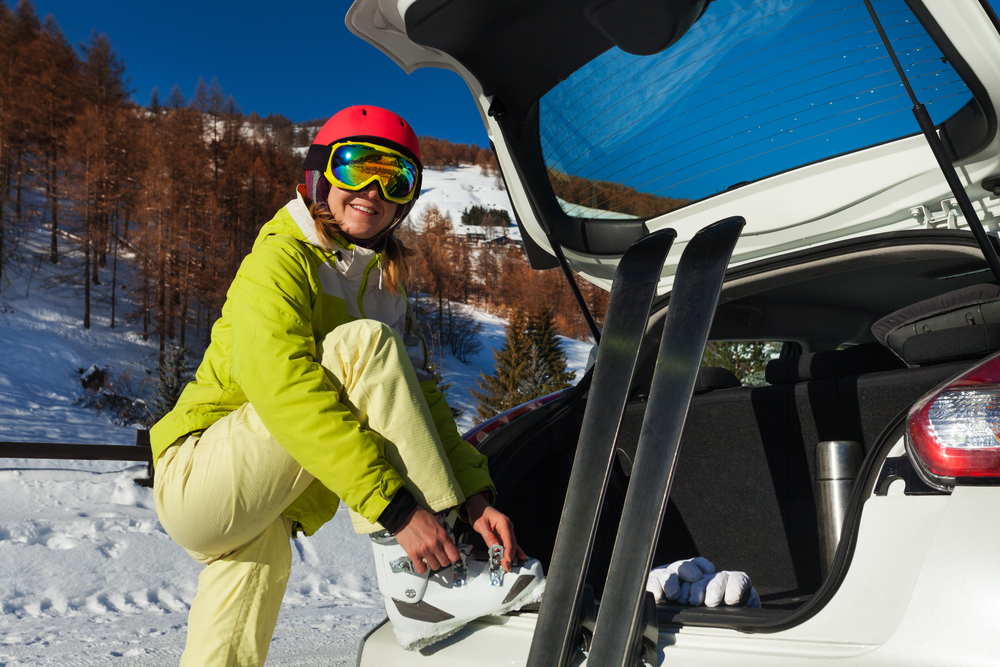
Okay, you’d be surprised at how many skiers don’t know how to put ski boots on correctly or how to break in ski boots to ensure they’re comfortable and wearable from the get-go. When putting your ski boots on, pay attention to what you’re doing.
We suggest passing your thumbs between the boot and the bottom of the shell, under the catches, to ensure you’re putting them on properly. Adjust your ski boots before you start your skiing session, but don’t forget to adjust them during the day, too.
12. Take things slow and take breaks
At the end of the day, you don’t want to end up with an uncomfortable condition like a skier’s toe. So, take things slow and take breaks. Listen to your body, be patient, and don’t push yourself too hard.
Good luck!
